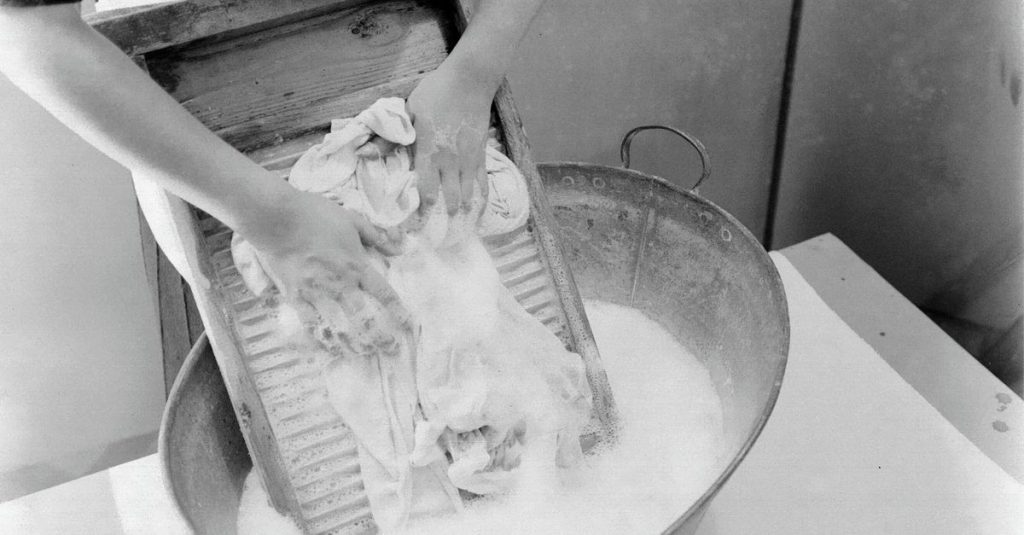It is easier to move a light moving box on the floor than to move a heavy box. The heavier it is, the greater the friction. But this does not apply if there is barely any friction between the moving box and the floor. The heavy moving box will then slide with the same freedom as the light box.
The phenomenon in which friction between two surfaces almost completely disappears is called superlubrication. An international research group has now identified how and why superlubrication has counterintuitive properties, such as that weight doesn't matter. Their results came out last week in Physical review letters.
It is estimated that friction is responsible for about a quarter of energy loss worldwide, because it requires additional energy and causes wear. Superior lubrication can reduce the burden.
Superior lubrication occurs on very flat surfaces, down to the size of atoms. Friction occurs due to contact between atoms of two surfaces. Even the flattest materials look like miniature mountain views or hills on the scale of atoms. When two surfaces touch, the peaks of one can fall into the valleys of the other. If they were perfectly compatible, it would take a lot of effort to move all those vertices over the vertices of the other surface.
But if you rotate the same surfaces relative to each other, the peaks and valleys don't match, and they slide past each other more easily. “You can compare it to two old-fashioned washboards,” says physicist Joost Frenken, who was not involved in the research. “If the edges of one fit perfectly with the edges of the other, they're secure. If you flip them over, they simply slide over each other. With superior lubrication, it slides so well that there's almost no friction.”
Graphite flakes
About twenty years ago, Frenken, now dean of the University of Groningen, first demonstrated this phenomenon of superlubrication using graphite surfaces, which consist of flat layers of carbon atoms. Frenken: “This explains why graphite flakes, which have been used for decades as a lubricant for locks and hinges, work so well.”
Frenken and his team have also previously discovered that temperature reduces friction further. “The atoms vibrate because of the heat, which makes it easier for them to collide with hills,” he says.
New research shows that the opposite can also apply. If you move surfaces over each other quickly, friction actually increases as the temperature rises. The researchers explain that this is because heat creates small curves in flat surfaces. At higher speeds, these curves cause more friction.
They also describe why friction does not increase as weight increases. In “normal” friction, atomic surfaces are chaotic. If you press them together harder and with more weight, the contact between them – and therefore friction – increases. With superior lubrication, surface contact is truly perfect and does not increase with weight.
“Thanks to this and other research, we increasingly understand how superlubrication works,” Frenken says. “This means we can use it for more applications.”

“Coffee buff. Twitter fanatic. Tv practitioner. Social media advocate. Pop culture ninja.”











More Stories
Area for two natural cemeteries in Gemmert-Bäkel: plans can be submitted
“The world is changing, and UT must respond to developments in a timely manner.”
What is palliative care? | NPO Radio 1